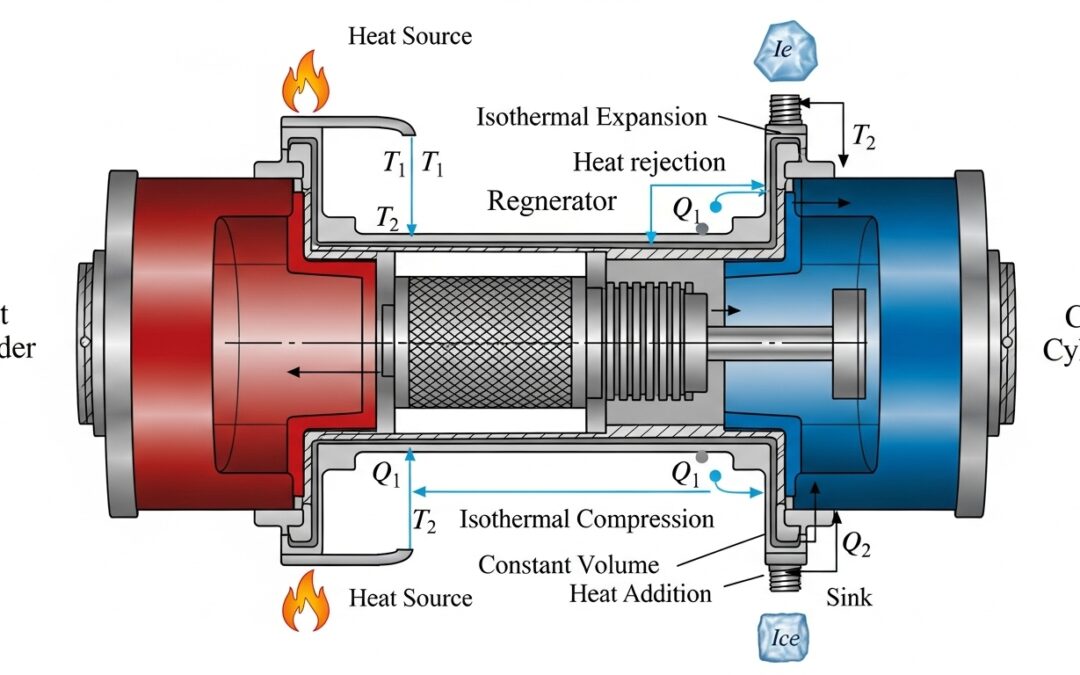Let’s explore constructing continuous functions at specific points. It’s a fascinating area where we build functions that are continuous only at certain locations. You’ll see how we can use polynomials, trigonometric functions, and clever definitions to achieve this. We will construct functions continuous at integers, natural numbers, and irrationals. We will also discuss why creating a function continuous only at rationals is impossible, providing a thorough understanding of continuous functions.
Table of Contents
- Functions Continuous at Finite Points
- Constructing Continuous Functions at Integers
- Functions Continuous at Natural Numbers
- Impossibility of Continuity Only at Rationals
- Functions Continuous Only at Irrationals
- Similar Problems and Quick Solutions
- Problem 1: Construct a function continuous at x = 0 only.
- Problem 2: Construct a function continuous at x = 1 and x = 2.
- Problem 3: Construct a function continuous at all even integers.
- Problem 4: Construct a function continuous at all prime numbers.
- Problem 5: Is it possible to construct a function continuous only at algebraic numbers?
More from me
Welcome to a fascinating exploration of constructing continuous functions at specific points. This topic delves into creating functions that exhibit continuity only at predetermined locations, offering a blend of theoretical understanding and practical application. We will explore various methods to design such functions, providing examples and proofs to solidify your grasp on this concept. This exploration will equip you with the tools to tackle similar construction challenges.
Functions Continuous at Finite Points
One way to construct a function continuous at a finite number of points involves a polynomial. Let’s say we want continuity at points ##a_1, a_2, …, a_n##. We can define a polynomial ##p(x) = (x – a_1)(x – a_2)…(x – a_n)##. This polynomial is zero at the desired points. The key idea is to combine this polynomial with the properties of rational and irrational numbers.
Consider the function ###g(x) = p(x)### if ##x## is rational and ###g(x) = 0### if ##x## is irrational. This function, ##g(x)##, is continuous precisely at ##a_1, a_2, …, a_n##. At these points, ##p(x) = 0##, ensuring continuity. Away from these points, the discontinuity of rationals and irrationals ensures that ##g(x)## is discontinuous. This approach effectively uses polynomial roots to achieve targeted continuity.
Constructing Continuous Functions at Integers
To create a function continuous at integers, we can use a similar strategy. A function that equals zero at all integers is ##sin(πx)##. This trigonometric function provides the foundation for our construction. By combining this with the distinction between rational and irrational numbers, we can define a function with the desired properties. This approach allows us to leverage the periodic nature of sine to achieve continuity at integer values.
Define ###g(x) = sin(πx)### if ##x## is rational and ###g(x) = 0### if ##x## is irrational. This function is continuous at all integers. At integer values, ##sin(πx) = 0##, ensuring continuity. For non-integer values, the function is discontinuous due to the properties of rational and irrational numbers. This method elegantly utilizes a trigonometric function to achieve continuity at integers.
Functions Continuous at Natural Numbers
Constructing continuous functions at natural numbers requires careful consideration of the function’s behavior at non-natural numbers. We start with a function continuous at integers, such as ##sin(πx)##. Then, we modify it to ensure it is only continuous at natural numbers. This modification involves redefining the function’s values at non-natural numbers to introduce discontinuities. This approach allows us to target specific points for continuity.
Define ###g(x) = sin(πx)### if ##x## is rational and ##x ≥ 0###, ###g(x) = x### if ##x## is rational and ##-1/2 < x ≤ 0###, ###g(x) = 1### if ##x## is rational and ##x ≤ -1/2###, and ###g(x) = 0### if ##x## is irrational. This function is continuous at natural numbers. The modifications ensure discontinuity at non-natural numbers while preserving continuity at natural numbers. This method demonstrates how to selectively introduce discontinuities to achieve targeted continuity.
Impossibility of Continuity Only at Rationals
It is impossible to construct a function that is continuous only at rational numbers. The set of discontinuities of a real-valued function must be a countable union of closed sets. The set of rational numbers does not satisfy this condition. Therefore, no function can be continuous exclusively at rational numbers. This limitation arises from the topological properties of the rational numbers.
The set of rational numbers is not a ##G_δ## set, which means it cannot be expressed as a countable intersection of open sets. This property is crucial in understanding why such a function cannot exist. The absence of such a function highlights the constraints imposed by the nature of continuity and the structure of the real number line. The concept of ##G_δ## sets is essential in advanced analysis.
Functions Continuous Only at Irrationals
Constructing a function continuous only at irrational numbers is possible. Let ##s: ℕ → ℚ## be an enumeration of the rationals. Define ##f(x) = Σ (1/2^n)## for all ##n## such that ##s_n ≤ x##. This function has a jump at every rational number, making it discontinuous at rationals. However, it is continuous at irrational numbers. This approach uses an infinite sum to create discontinuities at specific points.
For any irrational number ##x## and ##ε > 0##, there exists ##N## such that ##Σ (1/2^k) < ε## for all ##k ≥ N##. We can find a neighborhood of ##x## that excludes every ##s_m## with ##m ≤ N##. The difference between ##f(x)## and ##f(y)## for any ##y## in this neighborhood is at most ##Σ (1/2^k)## for ##k ≥ N##, ensuring continuity at ##x##. This method effectively creates a function that is continuous only at irrational numbers.
Similar Problems and Quick Solutions
Problem 1: Construct a function continuous at x = 0 only.
Solution: ##f(x) = x## if ##x ∈ ℚ##, ##f(x) = -x## if ##x ∈ ℝ \ ℚ##.
Problem 2: Construct a function continuous at x = 1 and x = 2.
Solution: ##f(x) = (x-1)(x-2)## if ##x ∈ ℚ##, ##f(x) = 0## if ##x ∈ ℝ \ ℚ##.
Problem 3: Construct a function continuous at all even integers.
Solution: ##f(x) = sin(πx/2)## if ##x ∈ ℚ##, ##f(x) = 0## if ##x ∈ ℝ \ ℚ##.
Problem 4: Construct a function continuous at all prime numbers.
Solution: A more complex construction involving prime number theory is needed.
Problem 5: Is it possible to construct a function continuous only at algebraic numbers?
Solution: This is a challenging question related to the properties of algebraic numbers.
| Continuity Set | Function Example | Explanation |
|---|---|---|
| Finite Points ##a_1, …, a_n## | ###g(x) = (x-a_1)…(x-a_n)### if ##x ∈ ℚ##, 0 if ##x ∉ ℚ## | Polynomial with roots at desired points, combined with rationals/irrationals. |
| Integers | ###g(x) = sin(πx)### if ##x ∈ ℚ##, 0 if ##x ∉ ℚ## | Sine function ensures zeros at integers, combined with rationals/irrationals. |
| Natural Numbers | Modified sine function, 0 for irrationals, adjusted for non-positive integers. | Combination of sine, rationals/irrationals, and specific value assignments. |
| Rationals | Impossible | The set of discontinuities must be a countable union of closed sets, which rationals do not satisfy. |
| Irrationals | ###f(x) = Σ (1/2^n)### for ##s_n ≤ x## (##s_n## is an enumeration of rationals) | Function with jumps at rationals, continuous at irrationals. |
We also Published
RESOURCES
- real analysis – Constructing Continuous functions at given points …
- approximation theory – Construct the best piece-wise linear …
- Constructing Continuous Functions: The College Mathematics …
- analysis – Constructing a continuous function whose graph seems …
- Constructing Continuous Functions
- CIFair: Constructing continuous domains of invariant features for …
- Constructing Continuous Functions
- Undergraduate mathematics majors’ writing performance producing …
- Constructing Continuous Functions
- Constructing functions with prescribed pathwise quadratic variation …







0 Comments